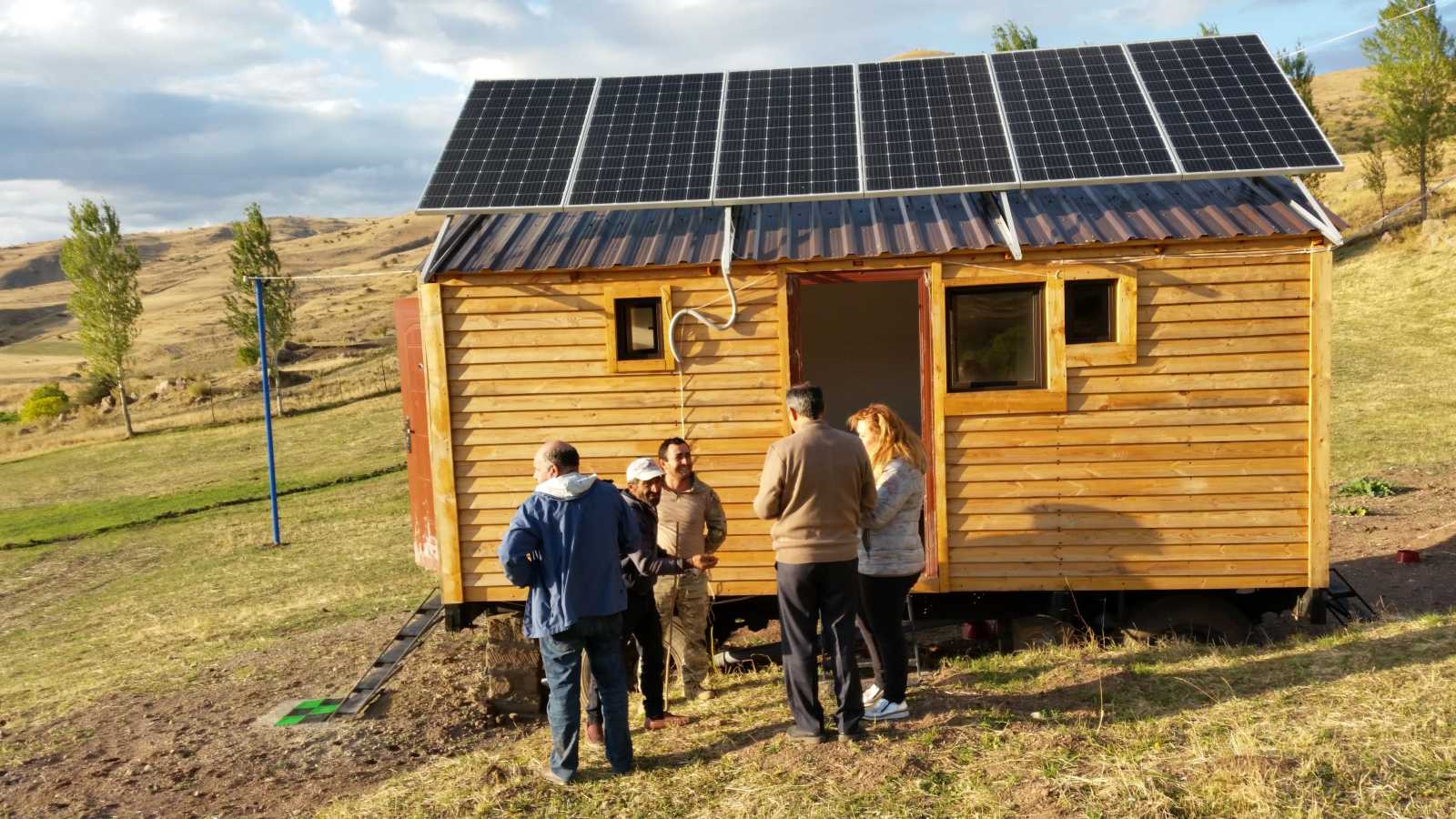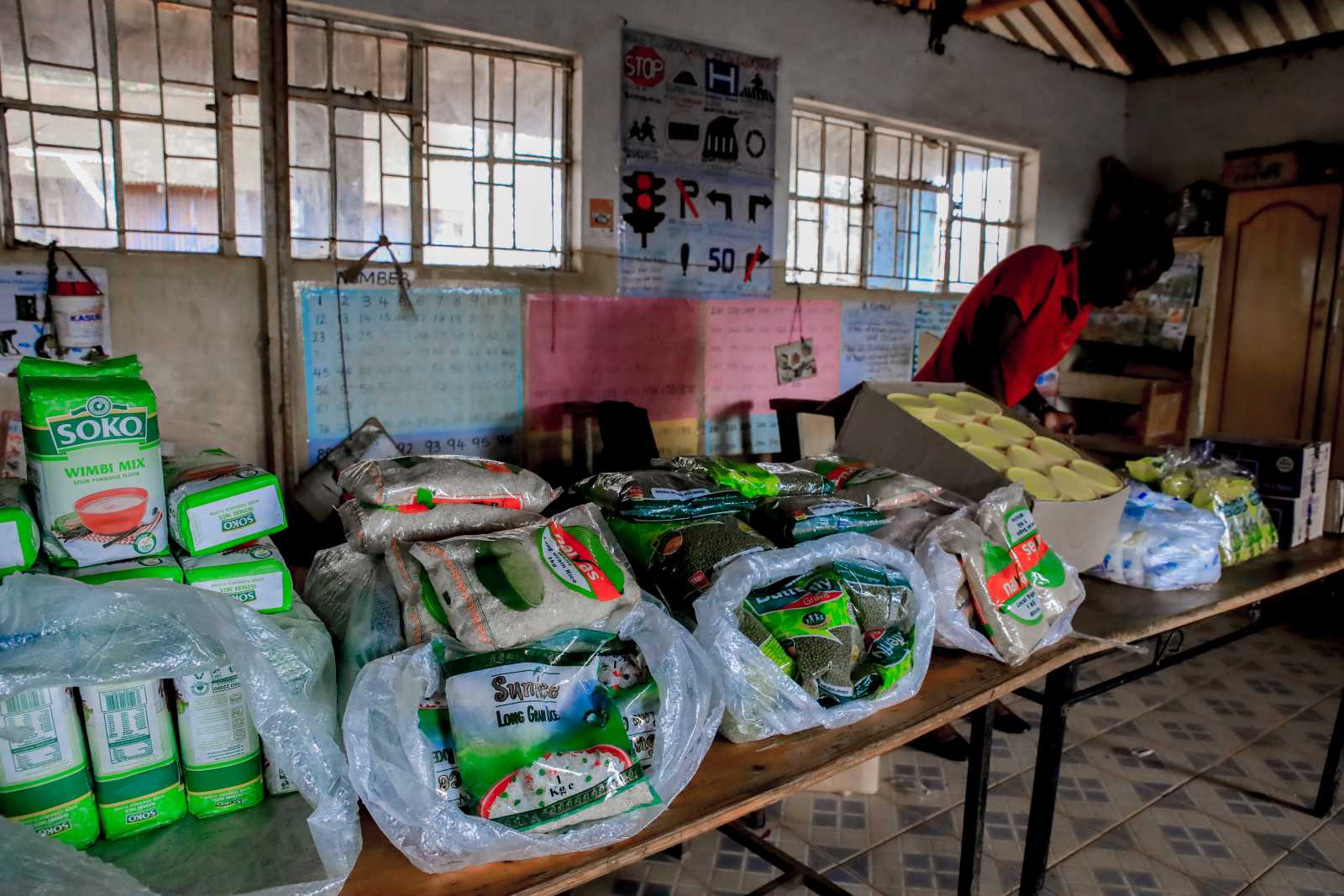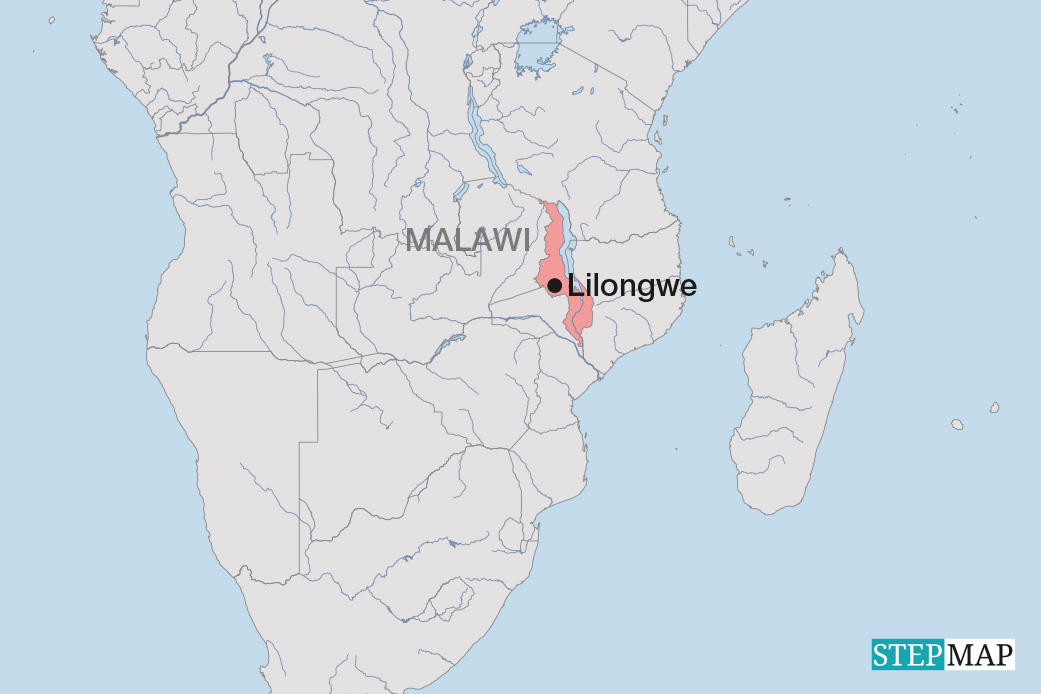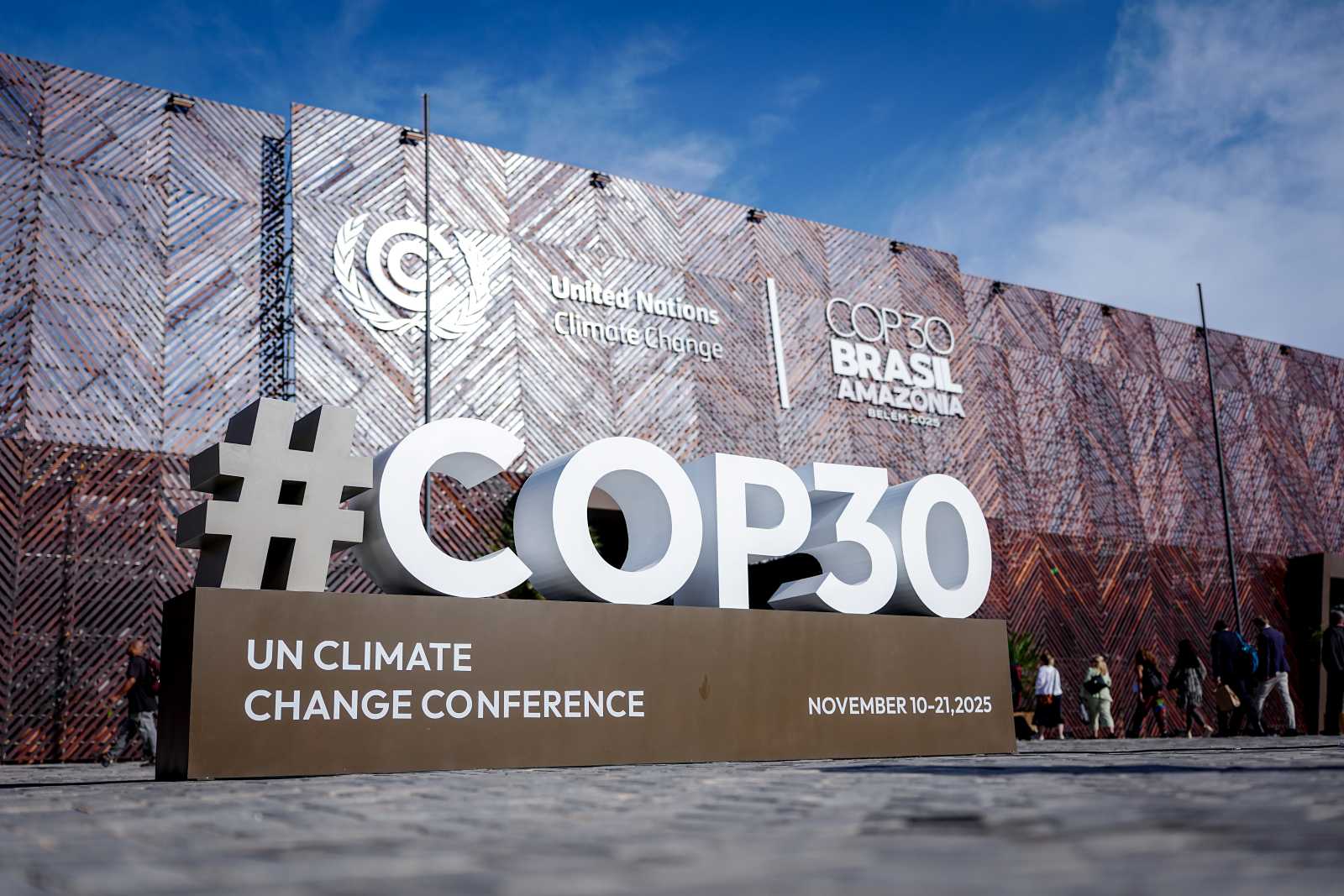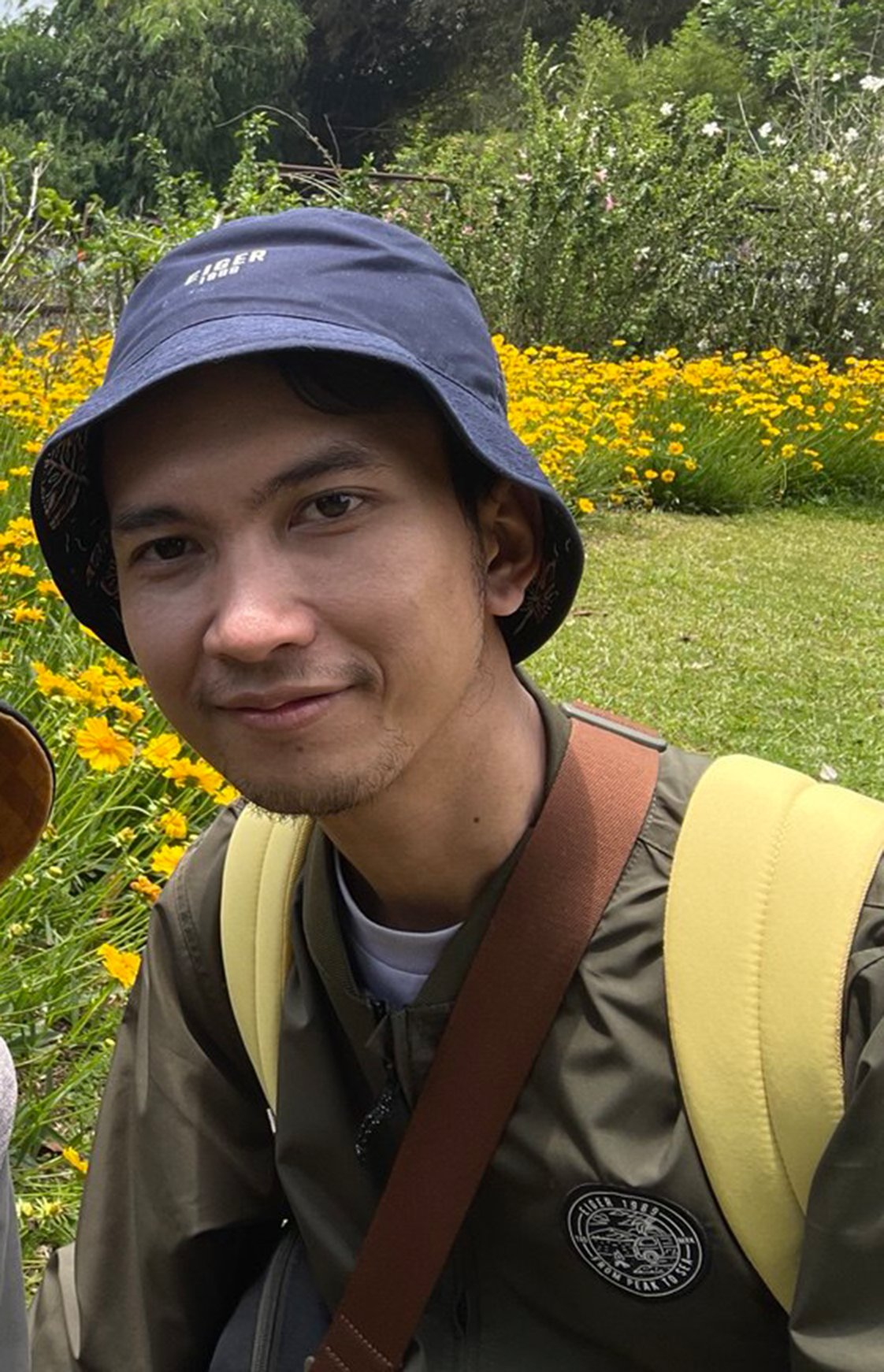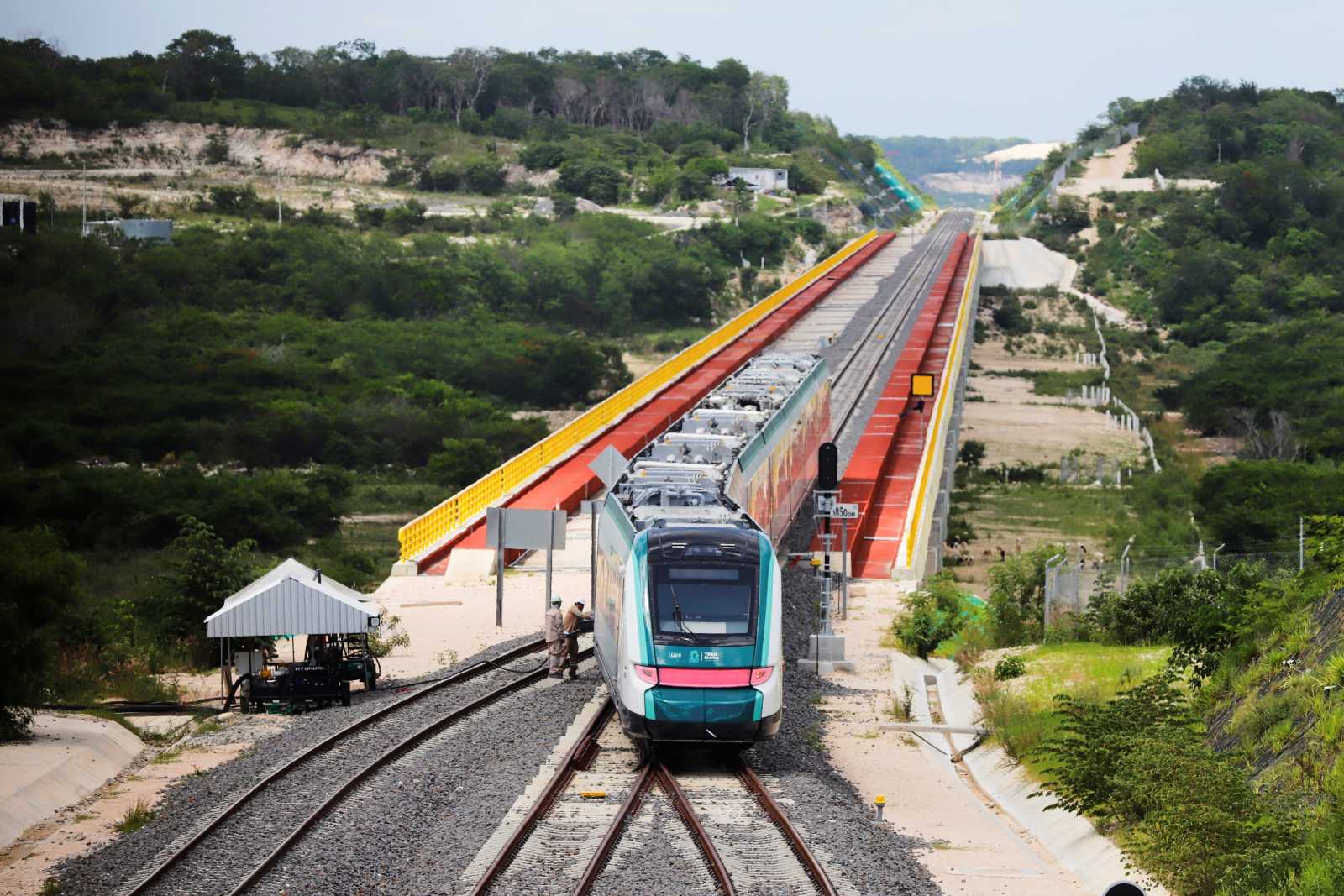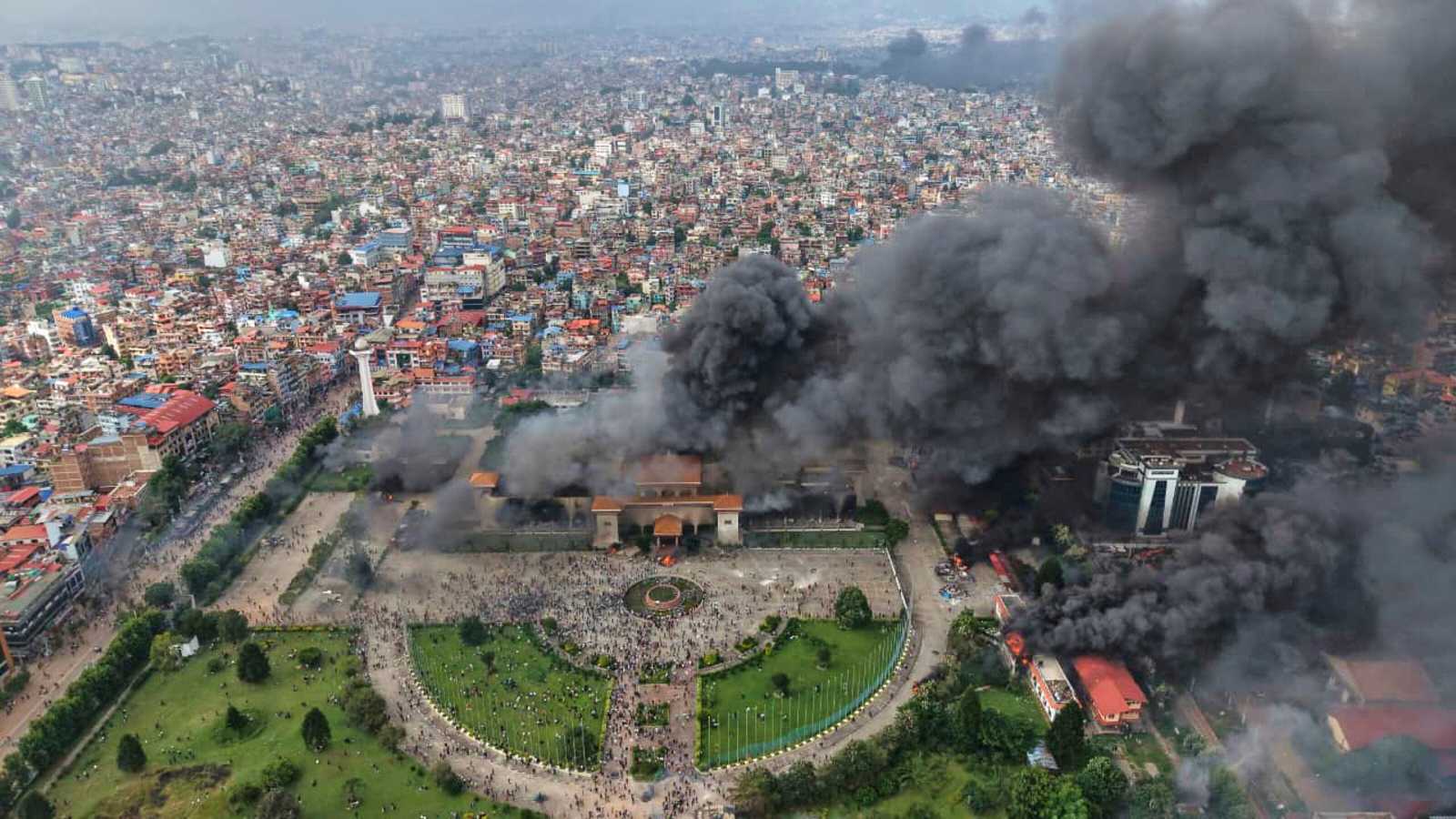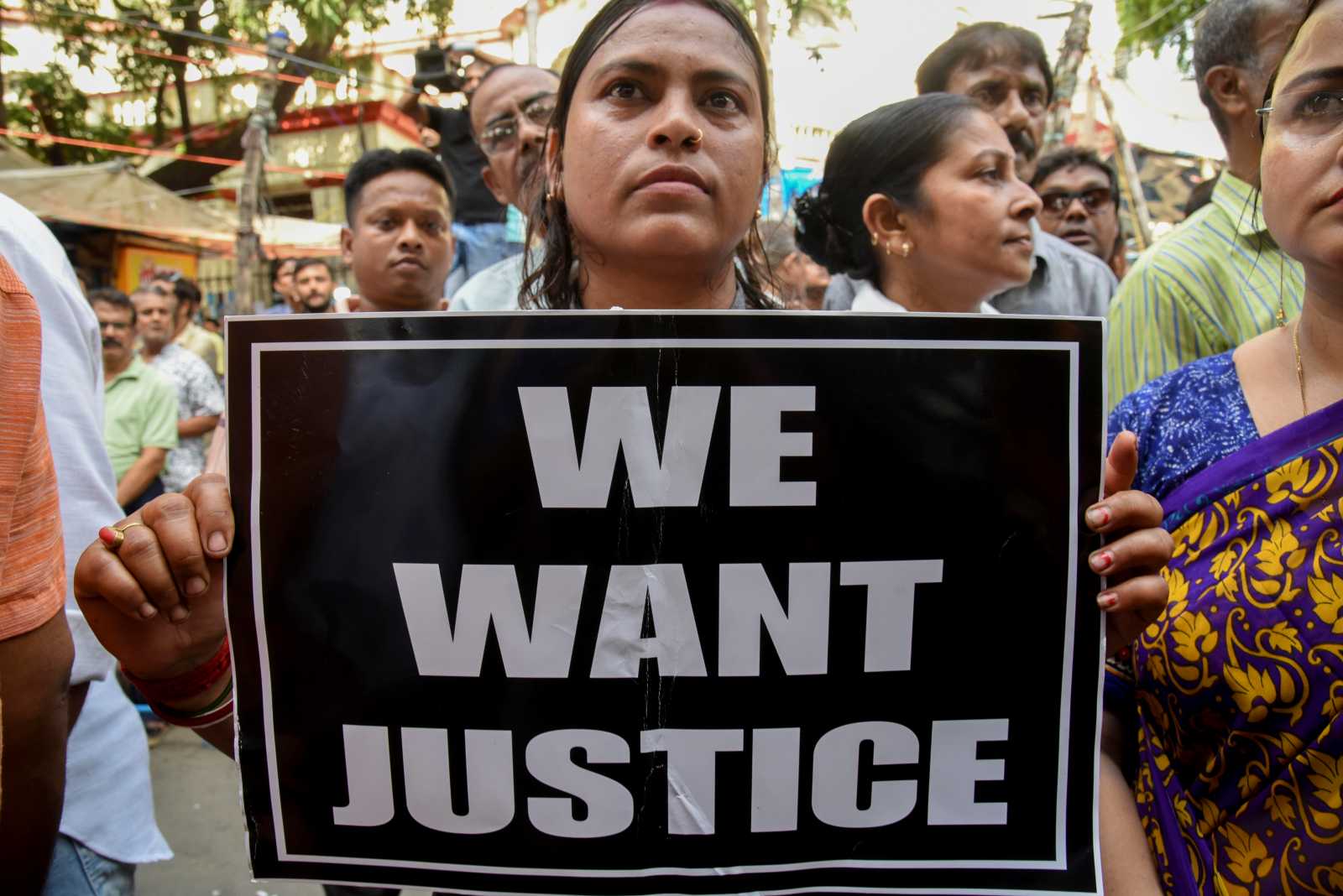Community participation
Building ownership through community-driven project management
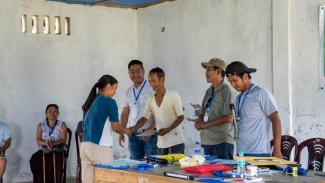
For four decades, Imnasenla has lived in Nukshiyim village in Mokokchung, one of the most remote districts in the Indian state of Nagaland. As part of a Financial Participatory Approach (FPA) contest, she decided to present her idea, which involved extracting banana fibre and using it to craft ecofriendly products, to the village community. Receiving an award of Rs. 5000 (about $ 58) for her idea was both unexpected and encouraging for the villager. Following the award ceremony, Imnasenla and her women self-help group as the first prize winners then obtained Rs. 400,000 (about $ 4670) to implement her winning idea – for the benefit of the village – in collaboration with the village council. The money comes from a joint biodiversity project of the governments of India and Germany, supported by Gopa Worldwide Consultants.
The FPA is a method of fostering community-driven development. It revolves around the idea that local people can generate solutions to the most pressing problems their community faces. They are encouraged to come up with ideas that foster economic and social development and to pitch them to a local jury. The best proposals receive financial awards and funding for implementation. The FPA originated in Latin America in the 1980s and draws inspiration from classic participatory approaches and entrepreneurial models.
The FPA includes handing over the power and responsibility of decision-making and budget management to local actors, allowing them to implement solutions that address their specific needs. Receiving a financial award further boosts the presenter’s self-confidence and motivates locals to take action, especially in remote and poor communities, where awards, certificates and cash prizes are rare. Quick project implementation with tangible benefits and improved trust between the project and communities are among the positive results of the FPA.
The FPA process differs from conventional funding in the sense that applicants “compete to win” and have a large degree of freedom in designing their solutions. The FPA framework builds on eight core principles:
All initiatives come from the people.
- The role of project staff in the FPA is limited to facilitation.
- Cooperative competition generates the best ideas and practices.
- Direct financing supports successful generation and implementation of ideas.
- Mobilisation of learning, knowledge and experience.
- The FPA makes constructive use of tensions.
- Media exposure reinforces the impact of the FPA.
- The FPA progresses through cumulative cycles.
There is no inherent priority among the principles, as their application may differ depending on the reality and practical needs on the ground. They can be adapted to align with the unique social, economic and environmental context of each community.
Implementation of FPA projects in Nagaland
In Nagaland, 64 villages have implemented FPA projects aimed at enhancing biodiversity conservation and improving the livelihoods of the local communities. The first contest focused for example on storytelling by adults and drawing by school children. Participants reflected upon their relationship with nature and traditional conservation practices and shared their ideas through presentations and artwork. This initial contest not only led to the communities connecting emotionally with the project but also laid the foundation for more complex initiatives.
Subsequent contests centred on nature-based community infrastructure and biodiversity-driven livelihoods. A total of over 900 ideas were presented across all project communities, with 120 being granted funding for implementation. The projects inspired innovation while at the same time uniting communities to tackle local challenges together.
For instance, several villages proposed ideas that covered everything from producing traditional herbal medicines to establishing water harvesting structures and constructing “marketing sheds” – small buildings to collectively sell local products. Many of these ideas were successfully realised with financial support from the project funds.
Though perhaps less obviously innovative, many villages also proposed pig breeding, a popular livelihood activity in the Naga community. The idea was based on a self-sustaining propagation model: The initial beneficiaries would donate one piglet from the first litter to the village committee, which would then distribute it to the next group of beneficiaries, creating a continuous cycle of shared growth and opportunity. The result would be a sense of ownership and belonging.
Advantages of generating ideas from local communities
One significant outcome of applying the FPA in Nagaland was the increased participation of women and marginalised groups. The contests provided a platform for these often-overlooked community members to voice their ideas. Members of a women’s group in Nagaland said: “The awards are good for motivation, and of course we are happy when we win, but for us, the opportunity to express our ideas in front of the entire village is even more important than the money”.
Right from the first contest, the presentation of ideas and announcement of winners were accompanied by a community celebration involving dance, singing and theatre performances. This event character adds an element of playfulness to the project planning process that motivates participation. Furthermore, it ensured that the entire village was informed and aware of the project. Local media coverage helped spread successful experiences. So far, community feedback has been unanimously positive. One of the enthusiastic participants exclaimed: “We would like to organise this type of contest every month!”
The community members not only engaged with one another during the events but also played a part in implementing the winning ideas. Notably, the communities’ in-kind and cash contribution to the implemented initiatives covered almost 30 % of the costs rather than the expected 10 %. Rather than just relying on the project’s budget, community members scaled the structures to meet their needs and covered the extra costs themselves. Their extraordinary commitment made sure that the project was more tailored and sustainable.
Before reaching Nagaland, the FPA had been implemented in several other countries with similarly positive outcomes and valuable lessons. Experiences range from projects for sustainable livelihood development in the Andes of South America and a business incubator to promote youth employment in an urban context in Iraq to projects for community-based nature conservation in the South Caucasus.
Despite many positive results, however, the FPA cannot be considered a panacea for nature conservation and more sustainable livelihoods. Rather, it is a valuable preparatory step on the road to long-term investment agreements driven by local communities.
This article draws on the authors’ first-hand experiences in the Nagaland Biodiversity Project and in various projects in the southern Caucasus, which are supported by KfW Development Bank.
Links
Stritih, J., et al., 2021: Financial Participatory Approach: Guidelines for implementation.
https://www.ecfcaucasus.org/_files/ugd/e71555_783e89533e0f4532a34d2ad921fff1d3.pdf
Forest & Biodiversity Management in the Himalayas (Nagaland) Project:
https://www.fbmpnagaland.com/
Nand Kishor Agrawal works at GOPA Worldwide Consultants and is Chief Technical Advisor for the Forest & Biodiversity Management Project in Nagaland, India.
nandkishor.agrawal@gopa.de
Steffen Schuelein is a socio-economist and consultant for community-based approaches in nature conservation, climate-change adaptation and sustainable livelihoods.
steffen.schuelein@posteo.de
The authors would like to thank Chonbenthung Kikon and Anuja Ramugade for contributing to this article.



